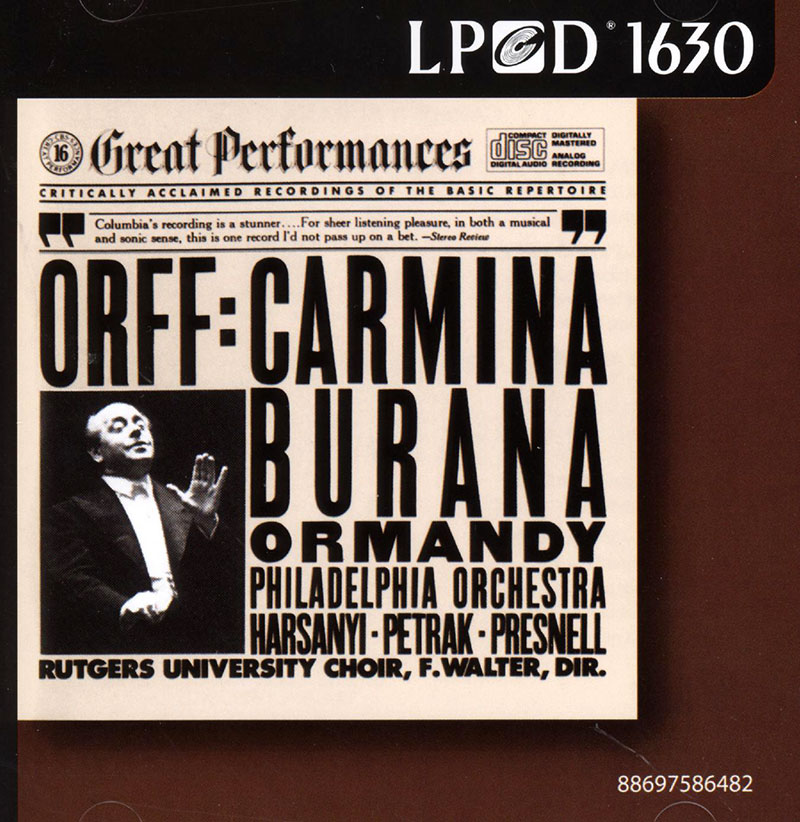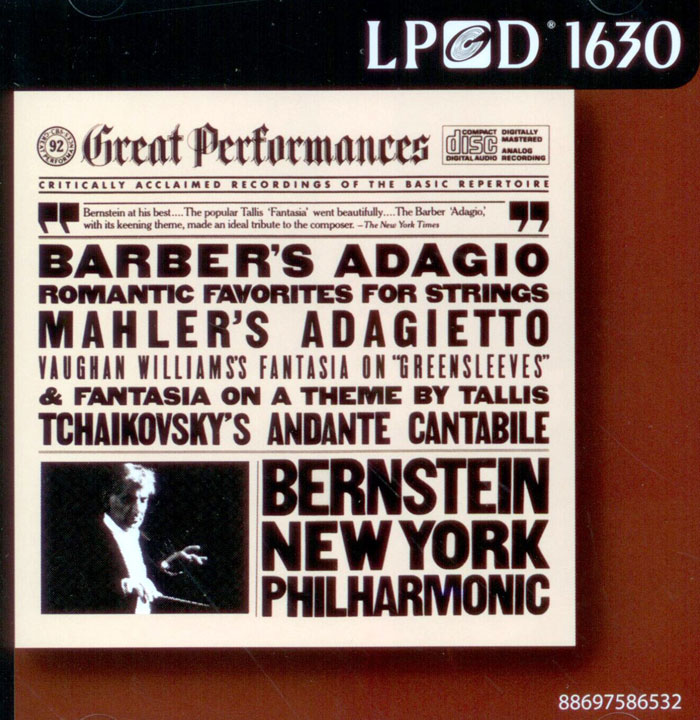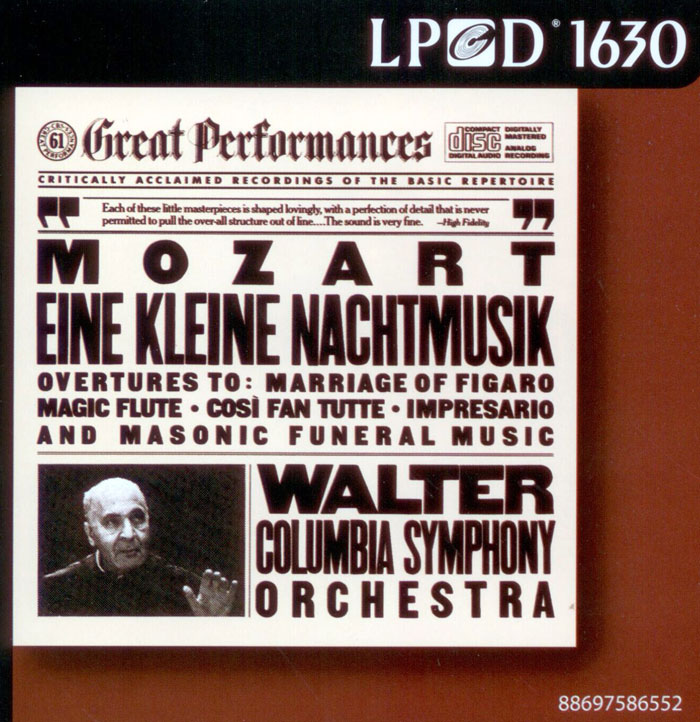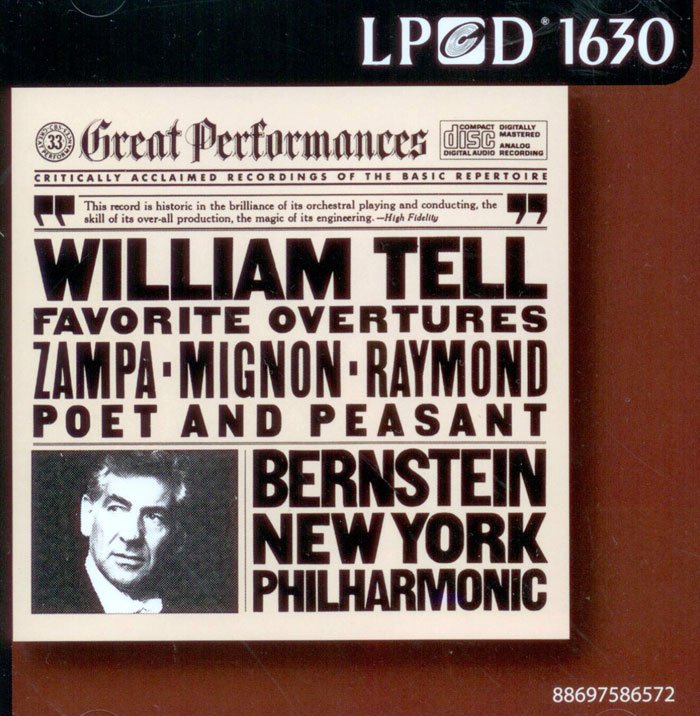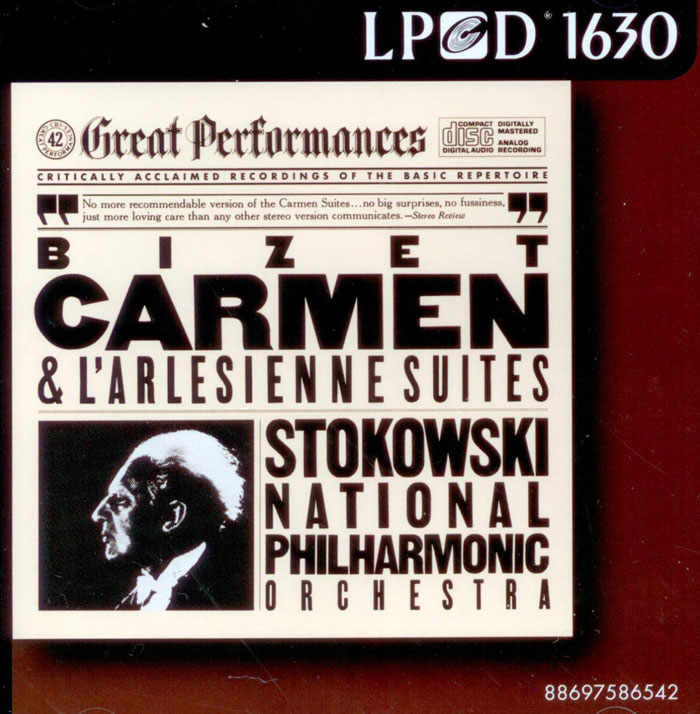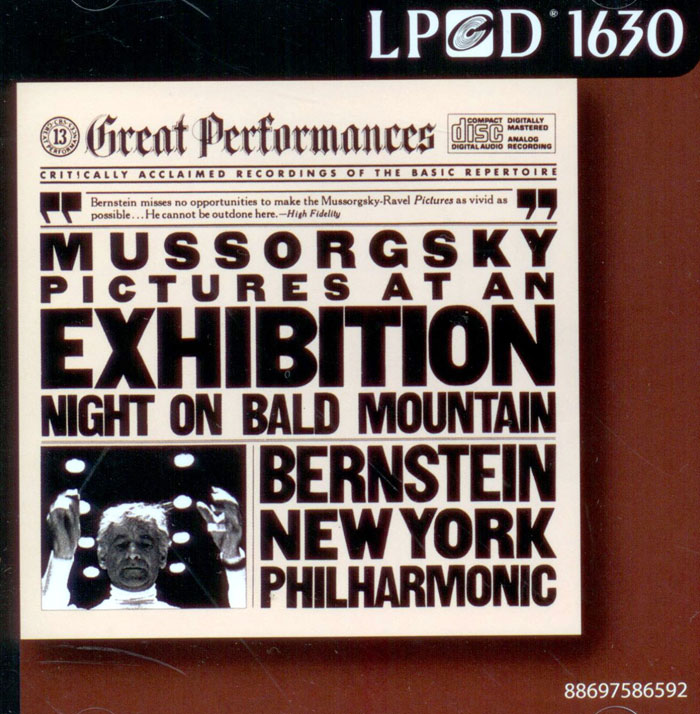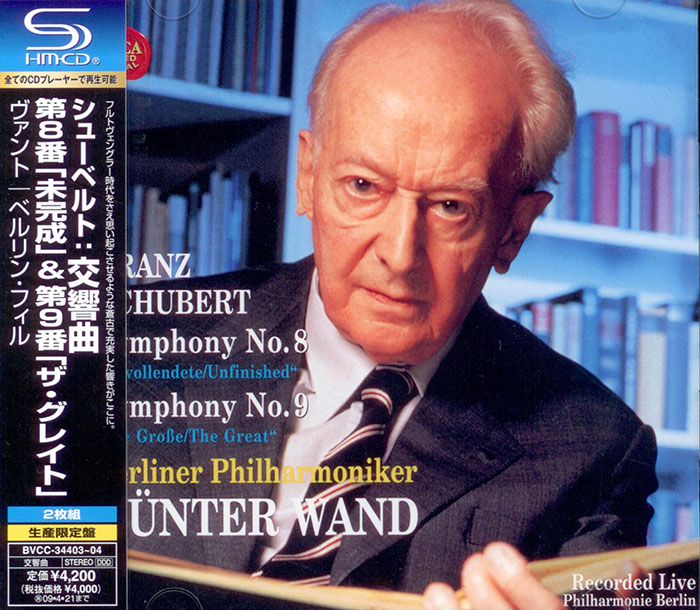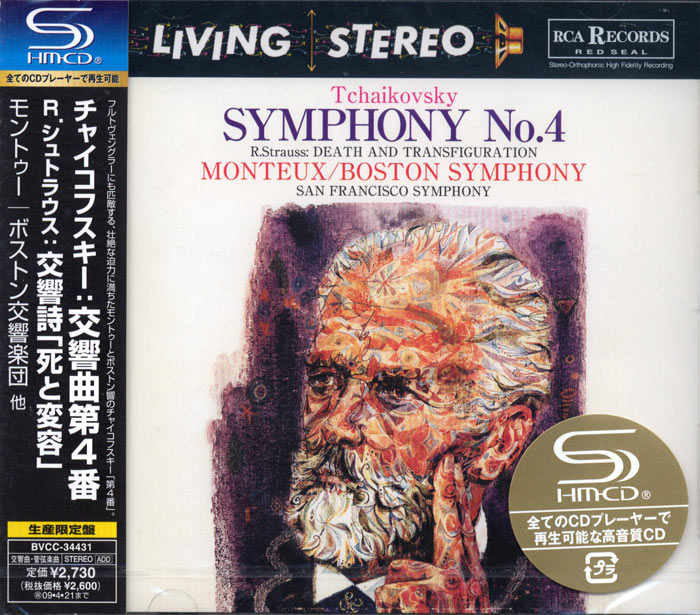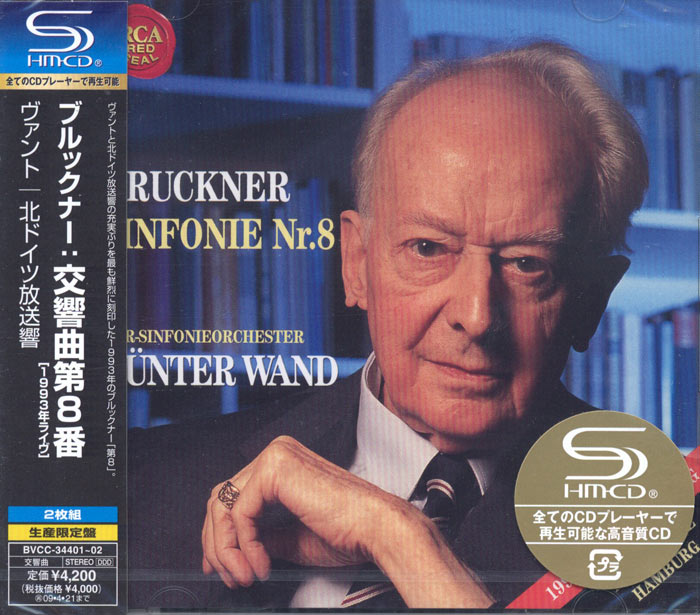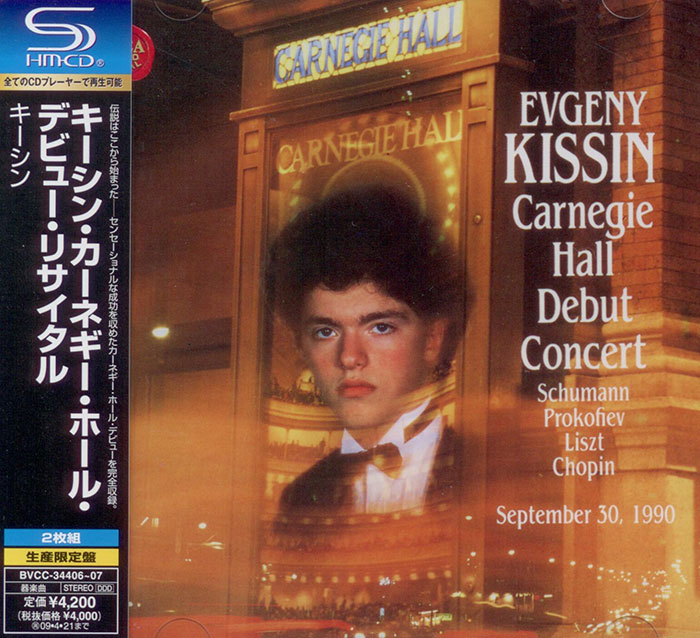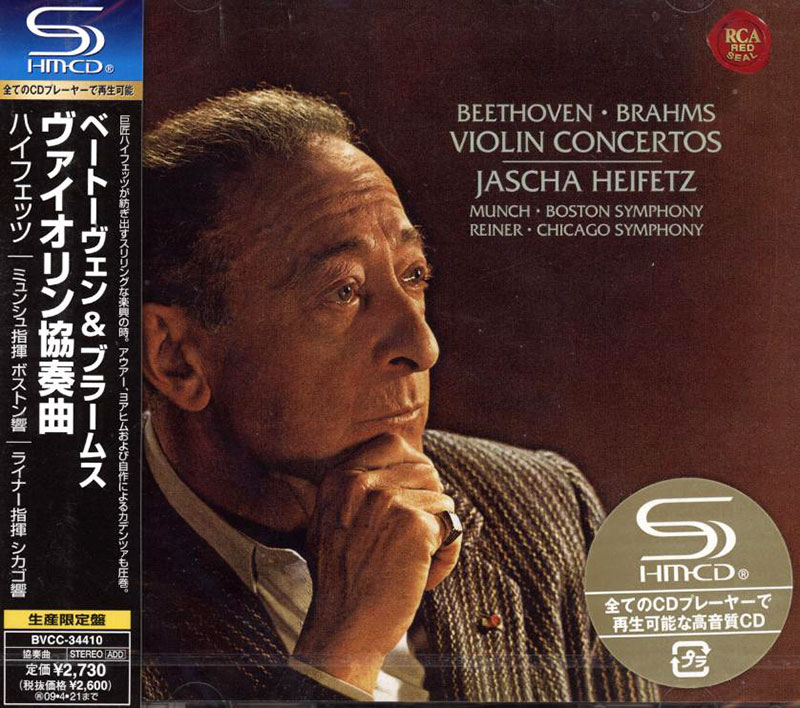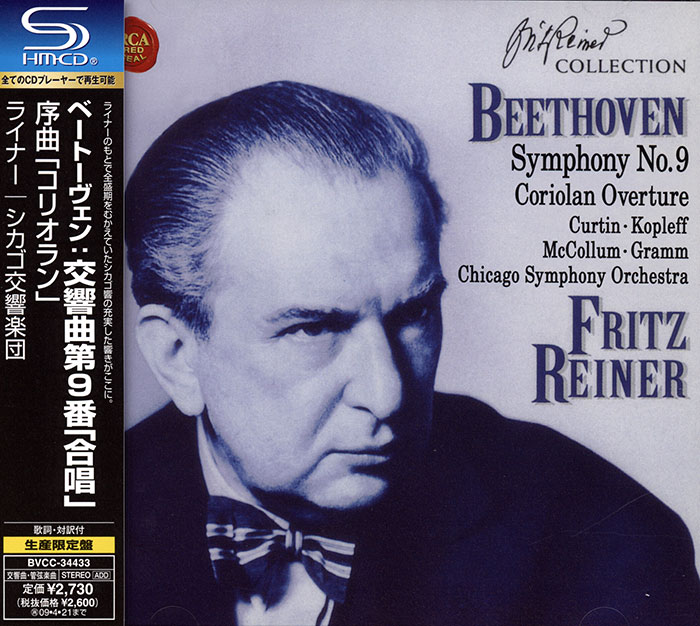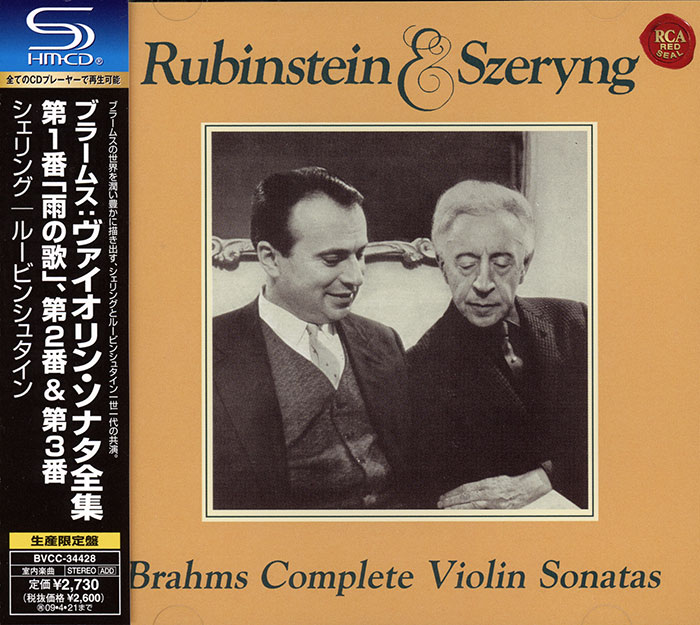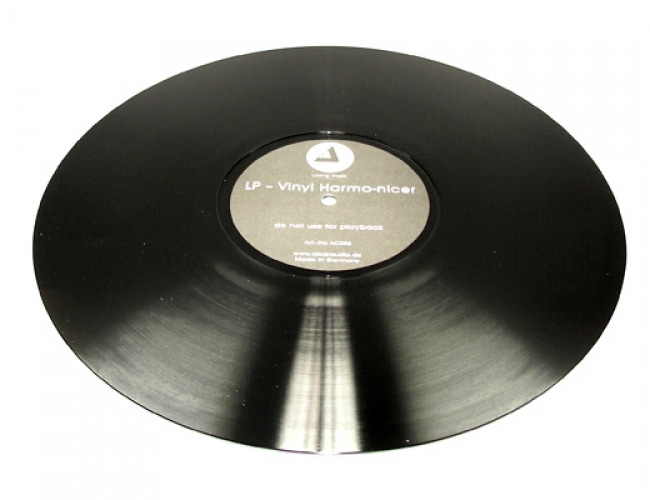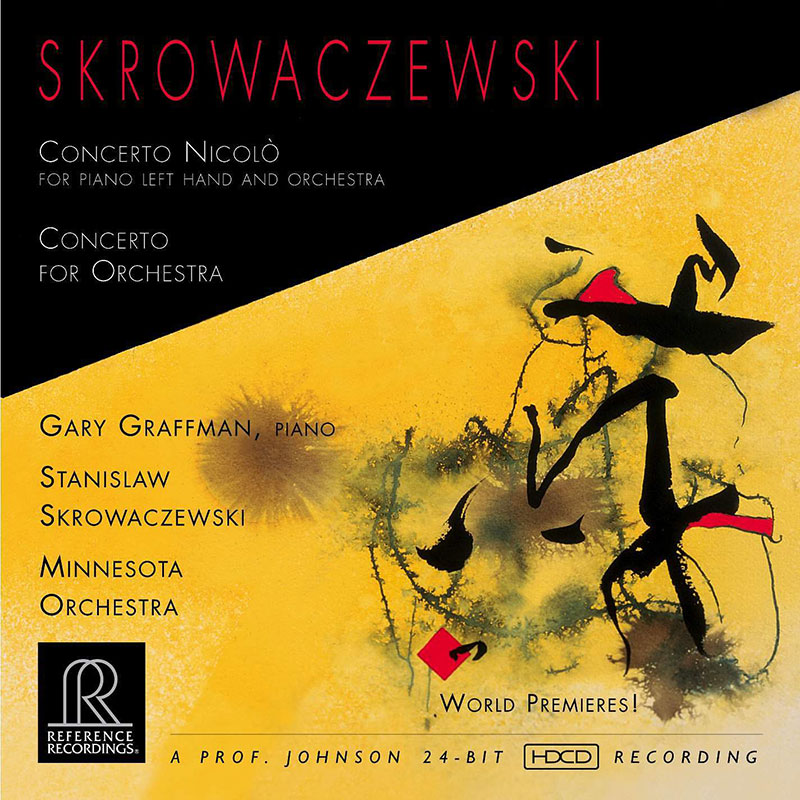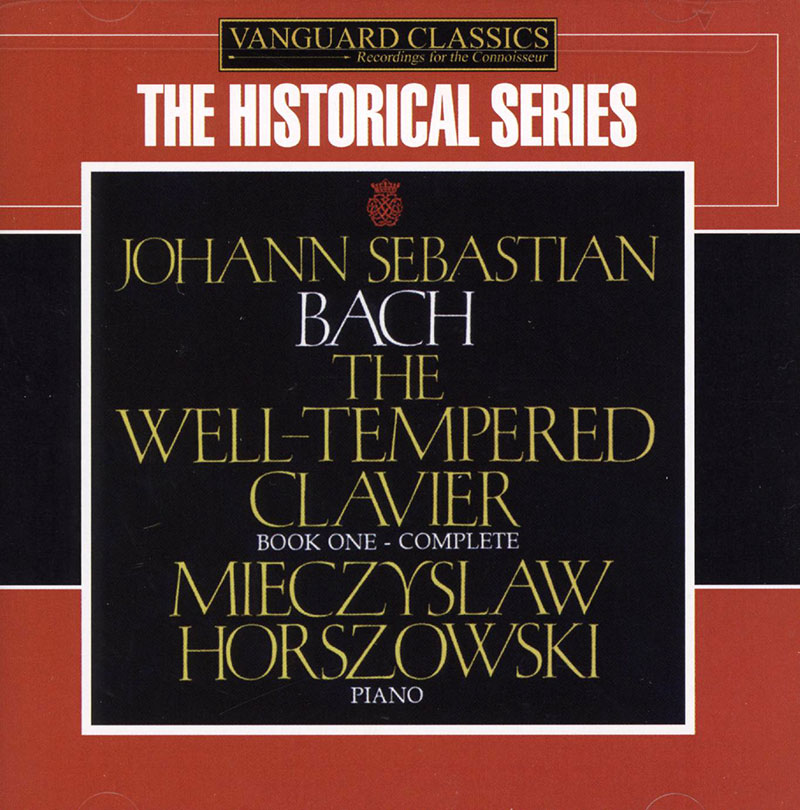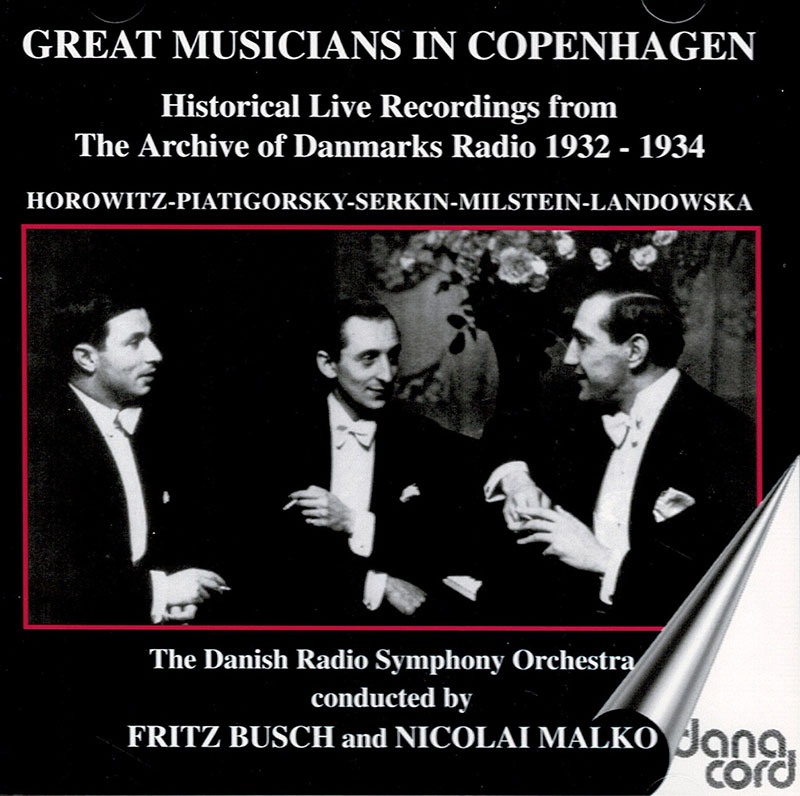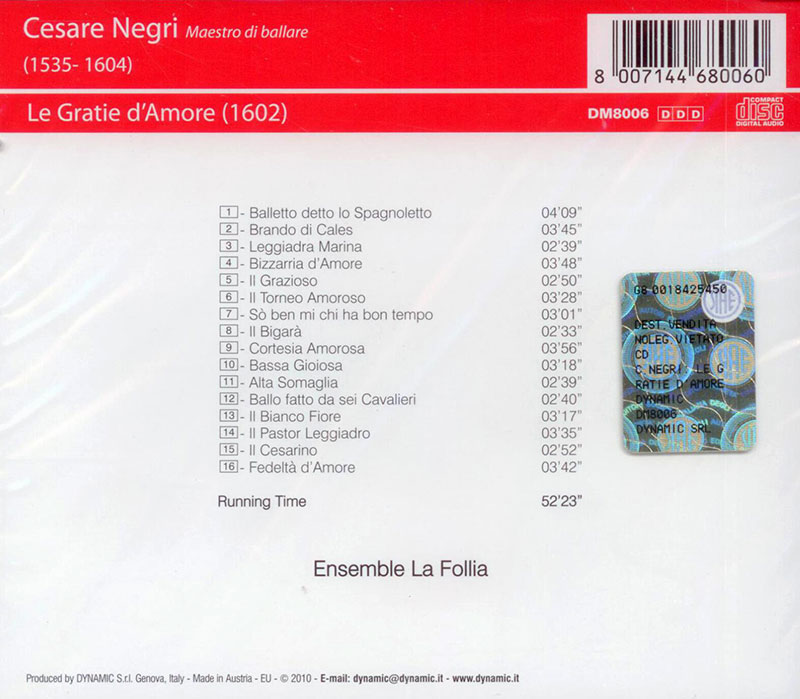Logowanie
Dlaczego wszystkjie inne nie brzmią tak jak te?
ENCYKLOPEDIA arcydzieł
SCHUMANN, PROKOFIEV, LISZT, CHOPIN, Evgeny Kissin
Carnegie Hall Debut Concert - September 30, 1990
Jeden z najbardziej spektakularnych debiutów ostatniego półwiecza!
Winylowy niezbędnik
ClearAudio
Cartridge Alignment Gauge - uniwersalny przyrząd do ustawiania geometrii wkładki i ramienia
Jedyny na rynku, tak wszechstronny i właściwy do każdego typu gramofonu!
ClearAudio
Harmo-nicer - nie tylko mata gramofonowa
Najlepsze rozwiązania leżą tuż obok
IDEALNA MATA ANTYPOŚLIZGOWA I ANTYWIBRACYJNA.
Osobowości
SKROWACZEWSKI, Stanislaw Skrowaczewski, Minnesota Orchestra
Concerto Nicolo for piano left hand and orchestra
WORLD PREMIERE!
NEGRI, Ensemble La Follia
Le Gratie d'Amore
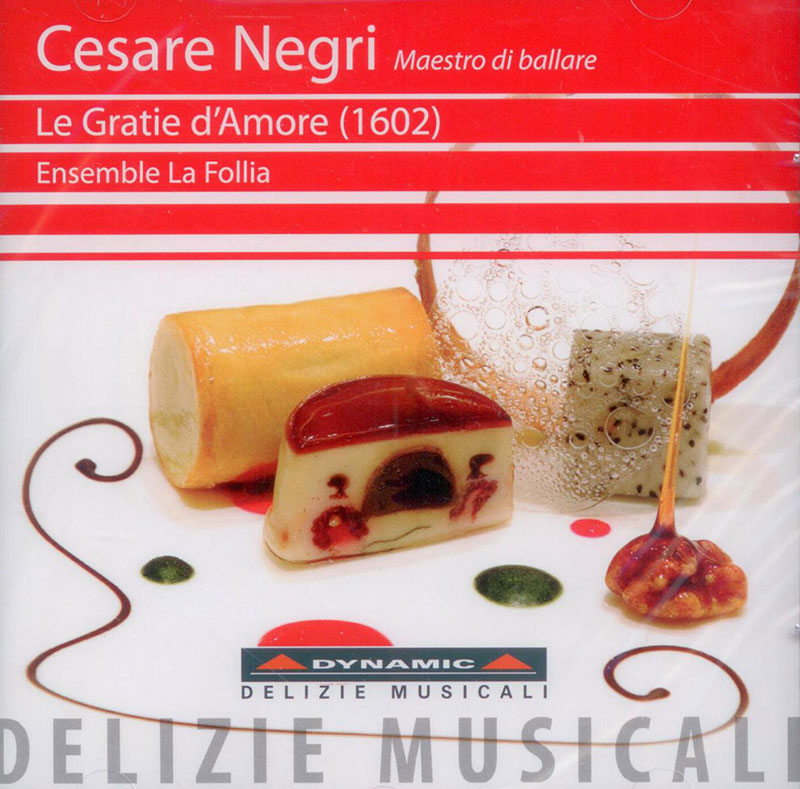
- - Balletto detto lo Spagnoletto 04’07”
- - Brando di Cales 03’44”
- - Leggiadra Marina 02’38”
- - Bizzarria d’Amore 03’49”
- - Il Grazioso 02’50”
- - Il Torneo Amoroso 03’27”
- - Sò ben mi chi ha bon tempo 03’01”
- - Il Bigarà 02’34”
- - Cortesia Amorosa 03’55”
- - Bassa Gioiosa 03’19”
- - Alta Somaglia 02’37”
- - Ballo fatto da sei Cavalieri 02’41”
- - Il Bianco Fiore 03’18”
- - Il Pastor Leggiadro 03’37”
- - Il Cesarino 02’52”
- - Fedeltà d’Amore 03’42”
- Ensemble La Follia - orchestra
- NEGRI
The renaissance festivity, organized to celebrate the most important events of the life of a Prince, was the ideal situation in which the art of dance could be born and could develop. Italy, seat of important courts during the XV and XVI centuries, was the vital fulcrum of artistically conceived festive events. Dance became a prominent part of these festive proceedings; the dancing-master created and codified the movements, developed the choreographies and was active from the XV century in the Italian courts as educator and inventor of festivities and banquets. Cesare Negri, nicknamed ®il Trombone¯, Professor of dance, was one of the most important dancing-masters in XVI century in Italy. He was born in Milan, probably in 1536 and died after 1604. Little is known of his life, and the few facts are gathered from his treatise: he studied dance at the school of Pompeo Diobono in Milan and here he began his teaching career when his master left for France in 1554 in the suite of Monsignor di Brisacco, viceroy of Piemonte. From that year onwards Cesare Negri became the dancing-master of the Milanese noblemen of the time. His was a very brilliant career and like other masters of his time he assembled the results of his work in a theoretic and practical treatise, the first edition of which was published in Milan in 1602 with the title ®Le Gratie d’Amore¯.

